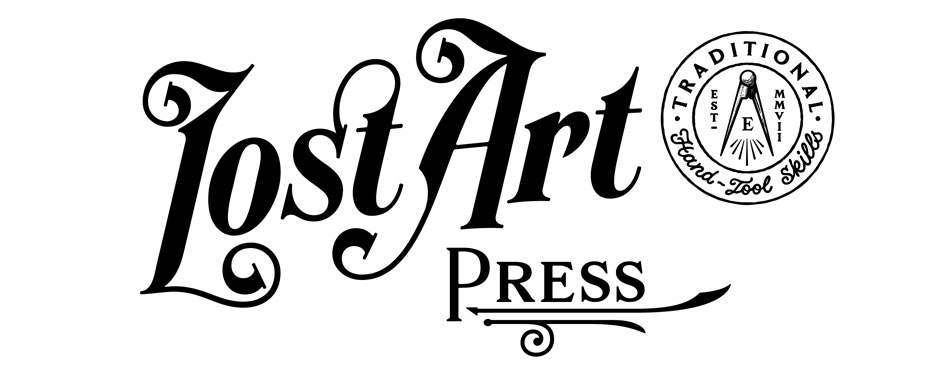Years ago I received a frantic phone call from a friend who needed to know who owned the H.O. Studley tool cabinet. He wanted to do a 3D scan of the cabinet so he could then program a laser-cutting machine to make all the parts of the cabinet for a kit.
Customers could then order the kit for $300 and build the Studley tool cabinet. In Baltic birch plywood.
I listened patiently to his pitch and then told him that I didn’t know who owned the cabinet. This was the truth, as it was many years before I’d met Don Williams and was taken to the secret Studley bunker in Kentuckistan.
As I hung up the phone, I remember thinking: People want to build the Studley tool cabinet?
After years of talking to woodworkers, the answer is: Apparently so.
So during the 10 seconds before I first saw Studley’s tool cabinet, I remember checking my bag to make sure I had all the measuring tools needed to create a mechanical drawing of the cabinet for the book “Virtuoso: The Tool Cabinet and Workbench of Henry O. Studley.” Tape measure? Rule? Caliper? Check, check and check.
When I saw the cabinet, however, I forgot about my measuring tools and any plans for measured drawings. Does a book on the Taj Mahal require 100 pages of blueprints so you can reproduce it in your back yard?
At that moment I knew we would be making a book that was unlike the normal woodworking book, the stuff I was accustomed to churning out 11 times a year as a magazine editor. I set my measuring tools aside and resolved to treat this object in a way that was foreign to me: As pure 100-percent high art.
This was not easy. As someone who has devoted his life to writing about tool chests, workbenches and handwork, my first urge was to dismiss Studley’s work as impractical and something that should not be imitated. But after four years of dealing with this chest (I think I’ve unloaded and loaded it at least four times) I have nothing but the upmost respect for the maker and his intent.
Henry O. Studley’s tool cabinet is not for us to copy. It is for us to decipher.
I defy you to stand before this chest and not be changed as an artisan. It is beyond language. I freely admit that as a writer. You need to see it.
So this sounds like an advertisement for the May 2015 exhibit of the cabinet and workbench in Cedar Rapids, Iowa. And to be sure, if you have two sheckels to rub together, you should be there. I have bought tickets for my friends, family and mortal enemies. You won’t get another chance in this life, so fly or die.
If you can’t be there, I urge you to check out our book on the cabinet. Last week I reviewed the digital proofs for “Virtuoso” and was on the verge of tears as I scrolled through the book’s 216 pages. (Full disclosure: I have all the emotions of a protist, so this is fairly unusual.)
Henry Studley, a slim, balding and upright member of his community, managed to make something for the ages.
See it. One way or another.
— Christopher Schwarz






